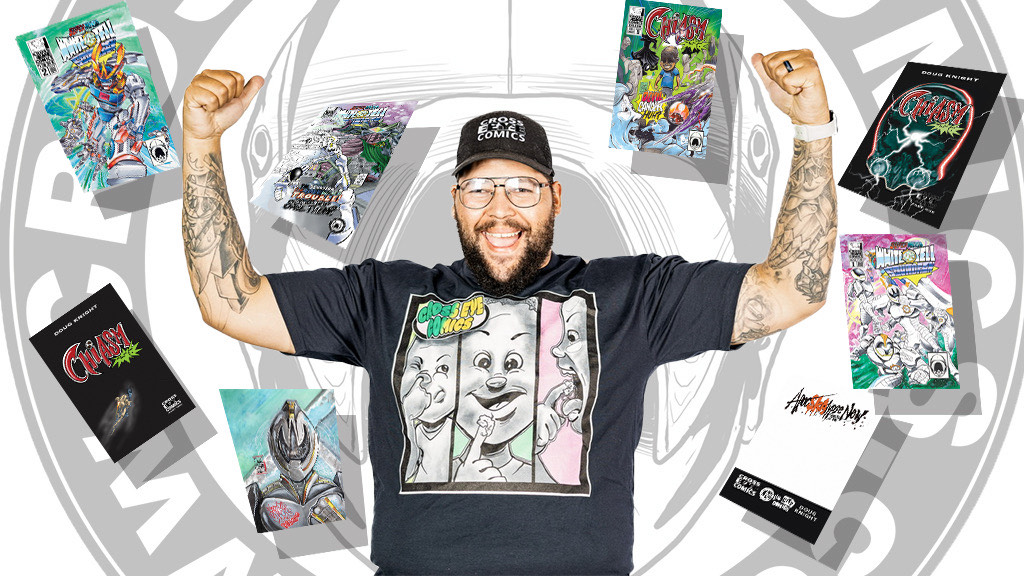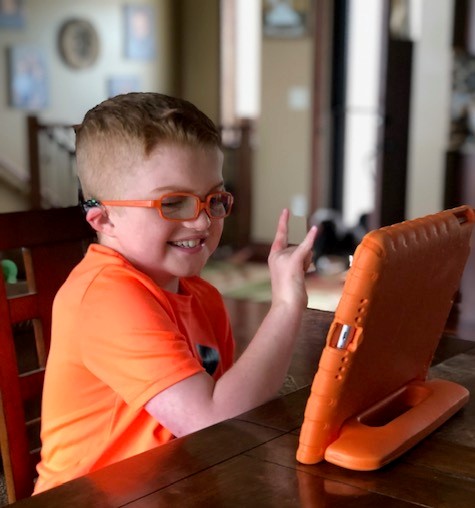Cortical / Cerebral Vision Impairment (CVI) is a brain-based blindness that presents in different ways.
Some people with CVI also have ocular conditions including nystagmus, nearsightedness (myopia), lazy eye (amblyopia), cross eyes (strabismus), ONA (optic nerve atrophy), or a combination.
Others might have 20/20 vision – but because their eyes’ connection to the brain isn’t there, the brain can’t properly process the images it’s seeing. Unlike folks with eye-based conditions like RP (retinitis pigmentosa), Usher syndrome or Stargardt disease, their eyes are fine – but they’re “brain blind.”
How do you explain to people that you’re brain blind? How do you get people to understand that brain-based blindness is a form of blindness?
Day-to-day life as an adult with CVI
I live with CVI, as well as other learning disabilities including dyslexia. Where I fall on the blindness scale is functional blind. To me, this means that I’m between sighted and blind at the same time, which at times can be confusing.
Sometimes I can see, and my brain can decipher and process what I’m looking at using compensatory skills. Other times, my eyes see but my brain refuses to decipher and process what I’m looking at.
I also struggle every day with facial blindness. In general, it’s hard for me to process where I am, what I’m doing or who I am with since people and the world around me are blobs of color. It’s very disorienting to experience the world like this.
Questions run through my head every time I meet new people. I also ask myself: do I tell them my whole diagnosis story?
My CVI story
Did you know CVI is the leading cause of childhood blindness in the United States?
I always knew I couldn’t see, but didn’t know why. Some people like teachers and eye doctors thought it was because of my dyslexia.
Finally, when I was 19, I got the diagnosis. We still don’t know why I have CVI since I was adopted from a Chinese orphanage at 11 months.
But the one thing I do know is that CVI has given me a community of parents with children like me, as well other adults like me. I have learned so much – and this community has given me purpose and voice to advocate for change with CVI.
I’m passionate about spreading awareness about CVI.
About the author
Tina Zhu Xi Caruso is currently majoring in photography at Massachusetts College of Art and Design. A lot of her work revolves around exploring how it feels to see with CVI and how things look to her with CVI.
Tina is also a runner who tether runs with guides. She’s proud to be an Achilles International Athlete and loves running with their Boston chapter. Achilles International is an organization that promotes people with disabilities to get moving through walking, run or rolling.
You can follow Tina’s work and other adventures being “blindsided in Boston” on Instagram and TikTok.



